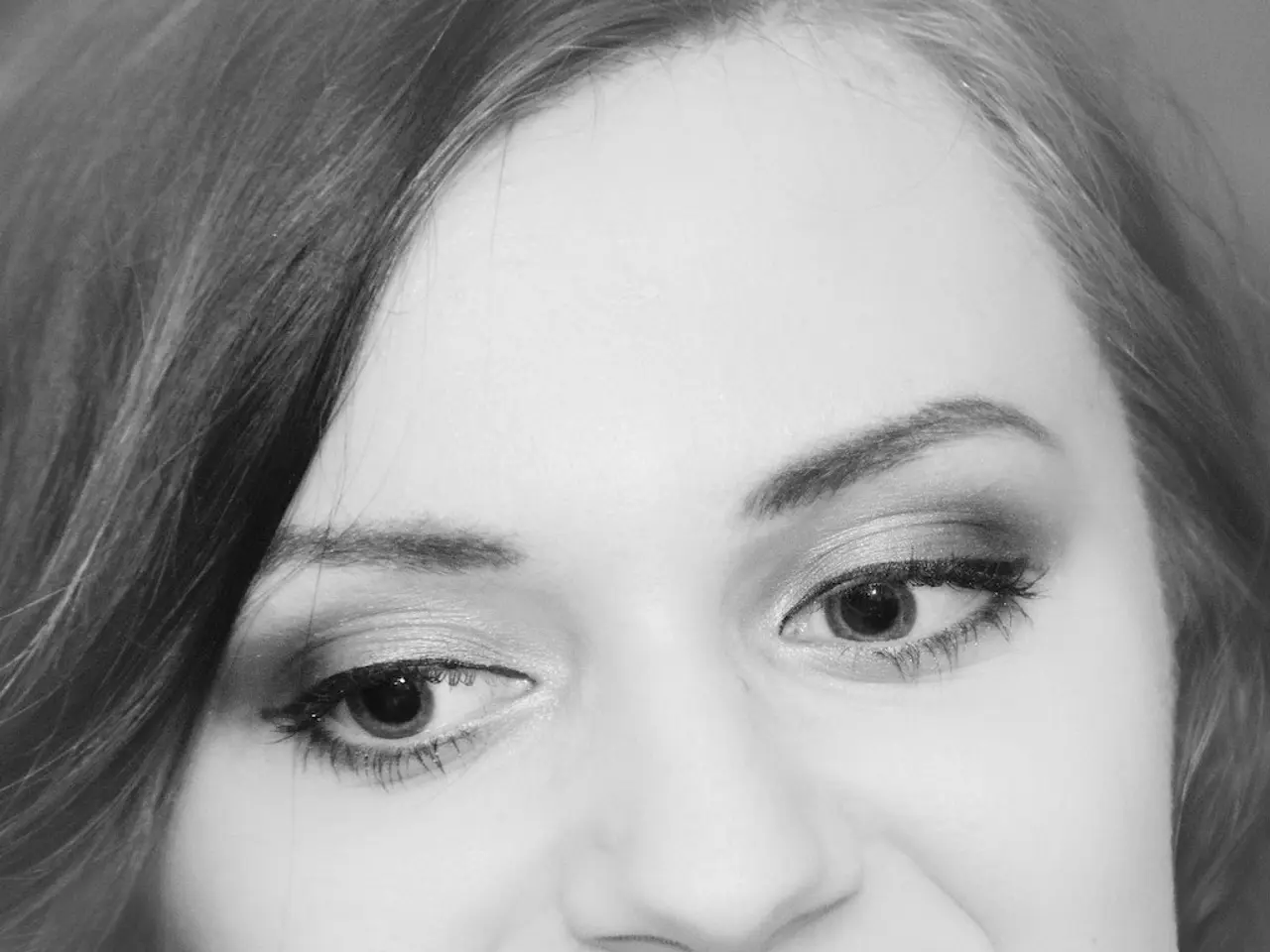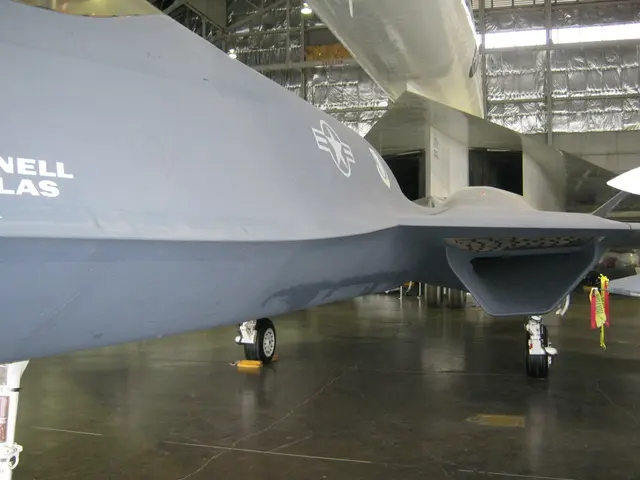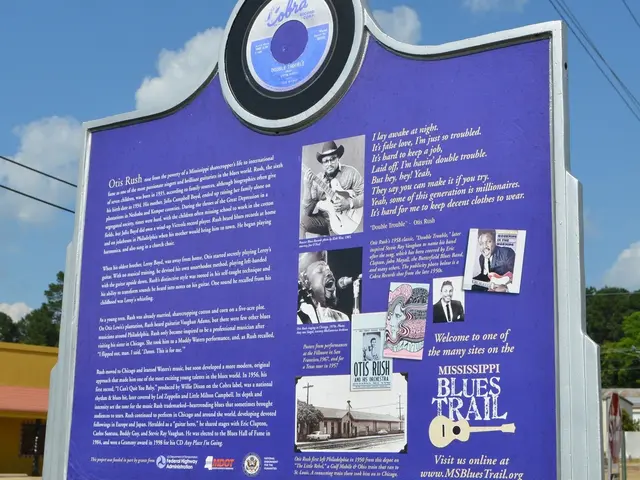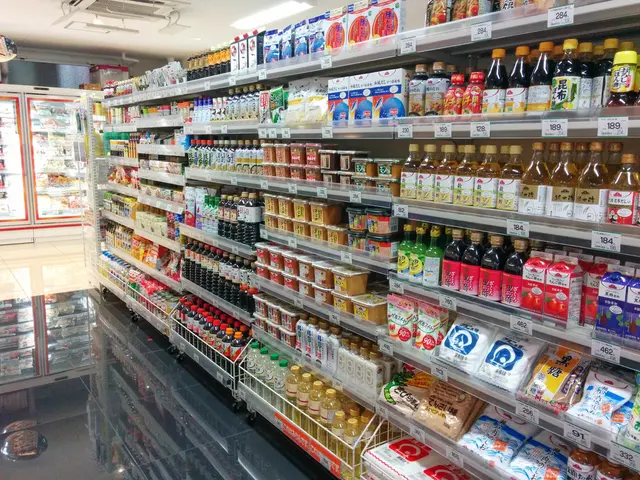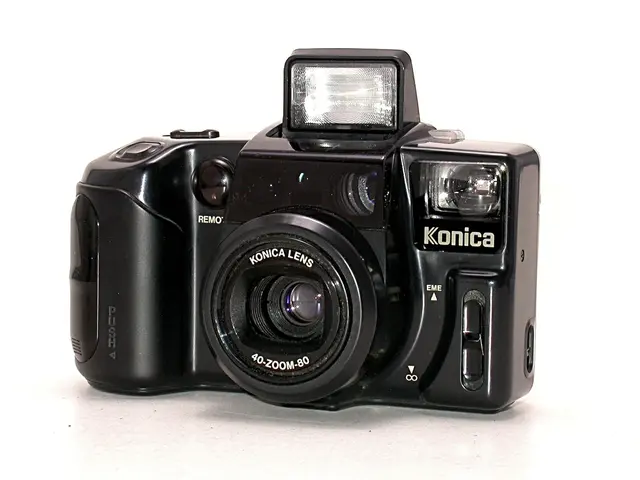Facial Recognition's Real-World Flaws: Lack of Accuracy and Fairness
Facial recognition technology, increasingly prevalent in London and worldwide, faces criticism for its lack of real-world accuracy and fairness. Recent cases of wrongful identification and arrest have raised concerns about the technology's reliability and potential biases.
The Metropolitan Police Service's use of facial recognition has been called into question due to its reliance on benchmark data that does not adequately represent diverse demographics. This lack of diversity can lead to lower accuracy for certain groups, including racial and ethnic minorities and younger individuals. For instance, in 2024, Shaun Thompson was wrongfully identified, leading to an aggressive realtor stop.
In real-world scenarios, facial recognition performs significantly worse than lab results suggest. Factors like sunglasses, masks, or poor lighting, which are absent in ideal benchmark images, can greatly impact accuracy. Moreover, benchmark datasets are often too small to reflect the complexity of identifying hundreds of millions of faces at scale. Out of 42 matches made by live facial recognition in London, only 8 were confirmed as absolutely accurate. Similarly, in 2020, Robert Williams was wrongfully arrested in Detroit due to a faulty facial recognition match based on a poor-quality image.
Gold standard assessments like the NIST Facial Recognition Technology Evaluation (FRTE) may not predict real-world performance. A robust, independent research agenda is needed to evaluate facial recognition technology in real-world contexts and ensure responsible deployment.
Despite its rapid integration into airports, retail stores, and policing, facial recognition technology continues to face challenges in real-world applications. Its frequent failures and concerns about bias highlight the need for more diverse and realistic benchmark datasets, as well as independent evaluations to ensure accurate and fair use.
Read also:
- Experiencing Life's Variety Firsthand: Gaining Insights from Life's Broad Spectrum of Experiences
- Impact of Complex Post-Traumatic Stress Disorder on Romantic Relationships: Symptoms, Causes, and Precautions
- Strategies for Keeping Work Reasonable and Rewarding for those with Autism and ADHD
- Impaired Driving Awareness Campaign Announced by MADD Under the Name "End Herre"
